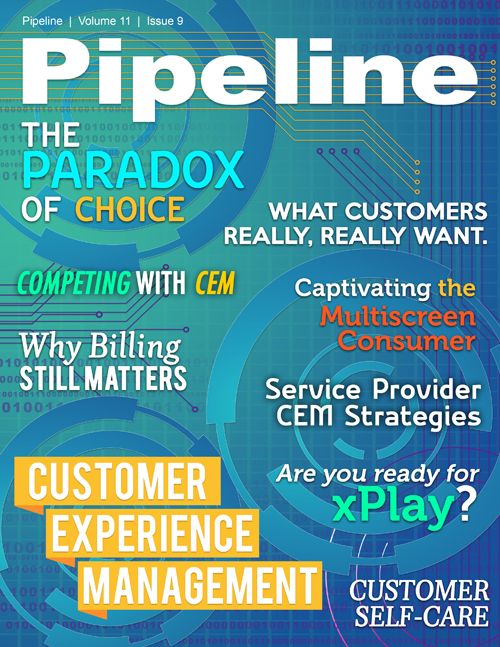Customer Self-Care in the Connected World
Let’s look at an example. If I’m having a problem with email on my iPhone and search Google with “email not working” I get over 800,000 results returned to me. If I’m a little better at search, then I may ask “email not working on my iPhone” and then I only get 225,000 results to sift through when I’ve got a month of free time and am in a good enough mood to deal with it. Somewhere in those 225,000 results there may be 3 or 4 links that are actually the answer to my question; but, as a consumer, I’m left to sift through these thousands of results trying desperately to find the few that are actually relevant to me. This isn’t ever going to work for most people: this is broken.
The root of this problem lies in the fact that the context is missing. My iPhone and other devices in my personal ecosystem of technology are more than happy to provide thousands of useful machine-read settings that can be used to filter these results down to the 3 or 4 answers that actually apply to my exact situation in this exact moment. Until now, those thousands of settings have been almost completely ignored, leaving the customer to do all of the hard work. This has to change.
We now know, that by adding thousands of relevant machine-read settings and parameters from the technology in our personal ecosystems to this query, we can have a huge impact on this
problem. By enhancing NLP with vast amounts of context from the technology, we can filter out 99% of the irrelevant results and deliver very targeted answers to customer’s natural
language questions. This is what we call Context-Enhanced Natural Language Self-Care.
Now let’s look at this from the carrier’s perspective where customer experience excellence is critical. Context-enhanced Natural Language Self-Care isn’t just a concept; this technology has been deployed by wireless operators and retailers in North America with incredible results. As this technology is fed large volumes of real customer questions it improves its accuracy with time, delivering better and better results as the system is trained, while scaling to meet customer expectations and delivering more personalized customer care. The customer experience is vastly improved (over 85% of customers prefer it to traditional contact methods) and the savings by using a system to answer questions, rather than live bodies in a contact center, delivers a clear and fast ROI. Carriers can also leverage the data collected by customers to ultimately generate more revenue via offers that are customer-specific and personalized. In a fiercely competitive market, customer experience is becoming a key differentiator which is essential for the operator to meet their customers' expectations and minimize churn. Customers are making their desires clear: they want self-care, but traditional solutions are not up to the task.
With 50 billion or more connected devices heading our way in the Internet of Things, the world needs a better way to keep their personal technical ecosystems running smoothly. This incredible expansion in the number of connected devices in our personal lives could usher in an era of unprecedented productivity, entertainment and overall utility, or it could turn into a massive amount of aggravation as you spend more time keeping your technology working than you do enjoying it. It’s time for better technology delivering better customer service.



















